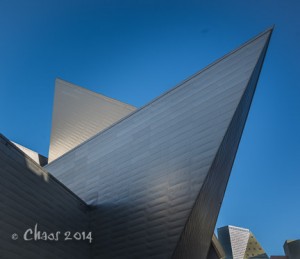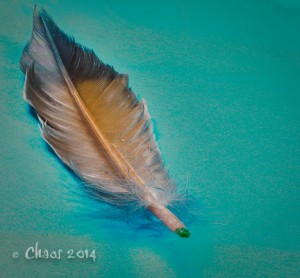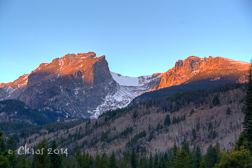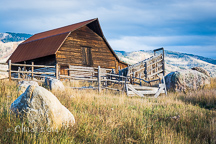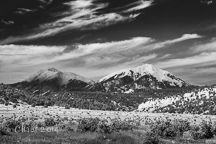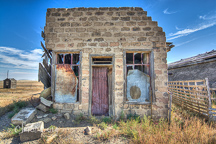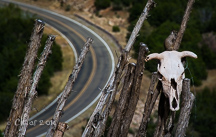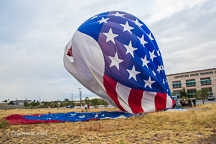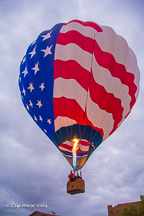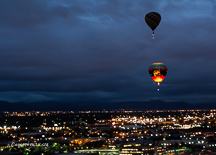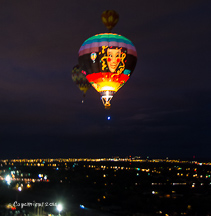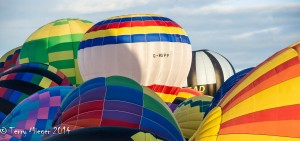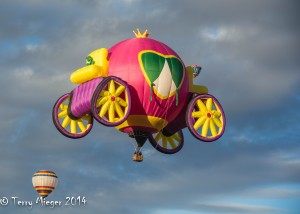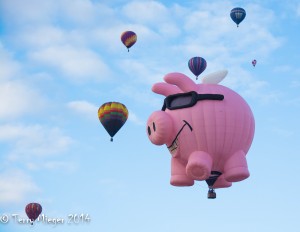Images from the Id – Downtown, or What day is it?
It’s a cold October morning and we need to make a decision. There are not as many easy choices because when it is cold, I am hard to get moving. Part of the choice is we want something different. We’ve done the mountains and I really don’t want go there. How about something “out of the my box”? For me this is urban photography. The draw is the buildings with their lines and patterns and the people with their interaction and their place in that environment. The shoot needs to be planned. Timing is important to coincide with our desired result. If the sun shining and reflecting from the glass and metallic structures, we look for the early mornings and late afternoon but would expect long shadows which can get in the way. Other times of the day would give more people and interactions. The day of the week can also be significant. Parking and in some cities even navigation can be a consideration on weekdays. This is an early morning on a Sunday, which is a good time for photographing Denver. So there we were in lower downtown Denver, early on a Sunday morning. As the sun rose the city woke up and the light and activities evolve into spectacular architecture, good light and interesting people. This is a time for flexible equipment. This is because we would be moving fairly rapidly through the streets and shooting a variety of subjects. I carried 2 cameras one with an articulating LCD screen, Nikon D5100, and the other with more flexible controls and higher resolution, Nikon D7100. In the inevitable wisdom of the manufacturer, the D5100 is designed for the novice but I find the controls a problem to change quickly and get control of my photograph but the articulating screen makes it invaluable. The D7100 with its 1.5 crop factor means I can get closeups without being to close. Paired with a 18 mm – 200 mm lens. It gets a virtual 27 mm to 300 mm result. I put the D5100 in a small shoulder case with a 12 mm – 24 mm wide angle zoom. It also has a 1.5X crop factor which will not allow true 12 to 24 but it will be good enough till I get an extra $3K for and FX (full frame) camera. This points out the biggest advantage of the full frame sensor, with the sensor the same dimensions as the 35 mm film frame, 12 mm is 12 mm. I also carry an extra battery for each camera and polarizing filters. The polarizing filters would have no effect on light reflected from metal but work will in controlling flection from glass and for general glare. They will also add a little extra punch to the color of the photograph. I was looking for something different but not ignoring the obvious. Looking for interesting building, lines, patterns and people. As with all photography this takes practice, planing and time.
Image #1 – Getting urban environment is interesting. The homeless man and the discarded balloons in the alley tells a story. 1/2000 sec, -2.0 EV, f/8.0 ISO 800. This was 8:30 in the morning. he image was processed in Lightroom and Photoshop for dynamic range and color. Trying to get emotion in the image.
Image #2 – The Denver Art Museum is a wealth of angles and metal. 1/40 sec, f/13 (good depth of field), ISO 100. Processed Lightroom especially for glare control.
Image #3 – Reflection of the Denver Art Museum.1/40 sec, f/13 (again good depth of field), ISO 100. Processed Lightroom and the perspective was changed in Photoshop CC 14 with the Perspective Crop tool.



